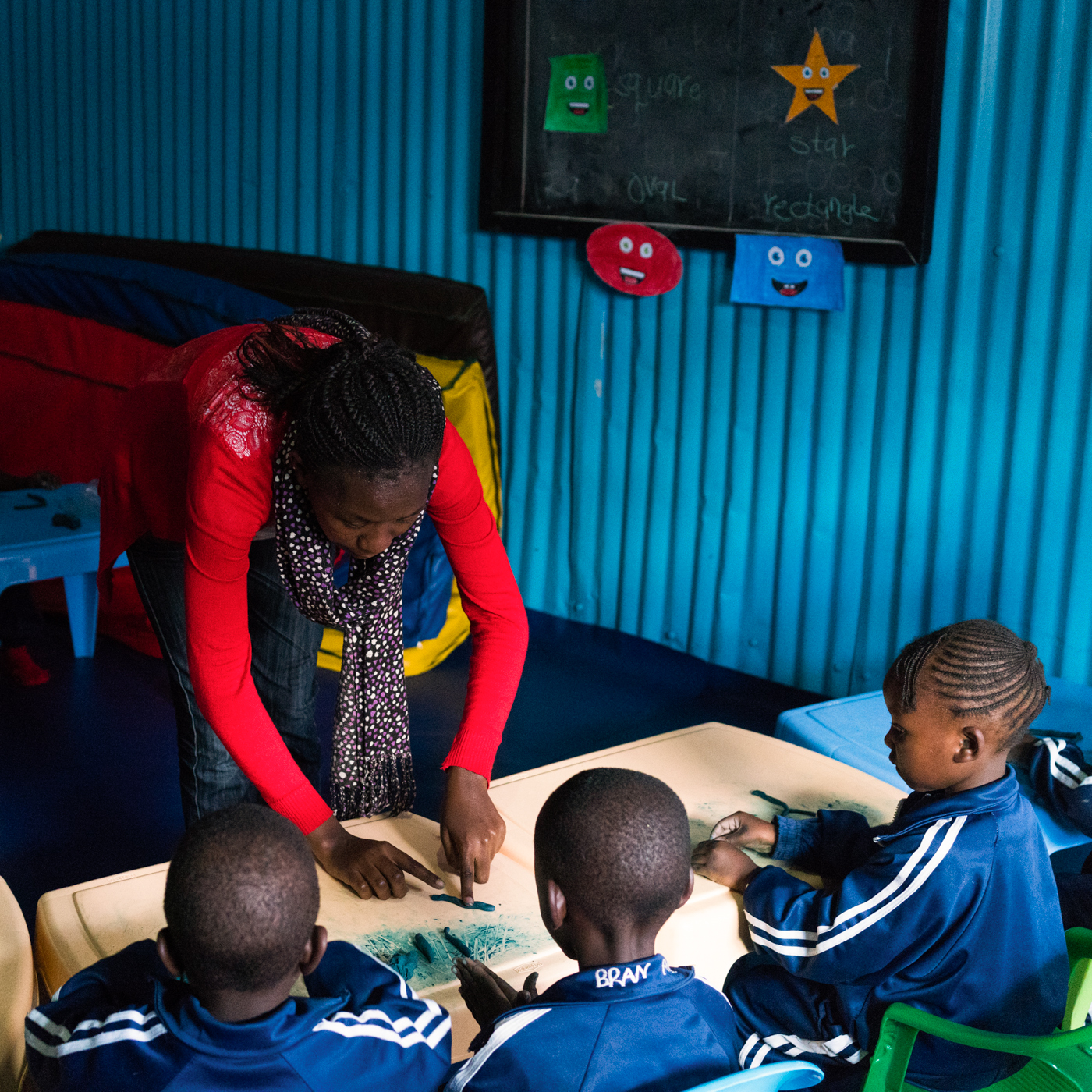
Small Grants Programme
Theirworld’s Small Grants Programme gives grants of up to £10,000 to registered charities and non-profits helping disadvantaged and overlooked young people in the UK and around the world.
Reading up on business fundamentals or building leadership skills? Drafting a business plan or exploring ways to make an existing enterprise more sustainable or sound? The materials on this page will demonstrate how education is the driver of all future business.
Investing in education is investing in the skills and talents of the next generation, fueling innovation, expanding opportunity, and promoting economic growth — the foundation for the growth and prosperity of the business community.
Looking for questions to centre your research efforts or interesting issues or problems to explore? These research questions can help provide a path to a focused research and writing process.
Looking for clear topic sentences to express your opinion, or thesis statements to serve as the core of your essay? Theirworld’s examples can help to form the base of your argument.
Seeking key messages, facts, and opinions to build your evidence base? Find the most up-to-date, pre-sourced data points to help you make a robust case for business engagement in education.
Education and training are the keys to unlock opportunities for women and men to gain employment, launch businesses and create better lives for themselves and their families. As we work to build a better and more resilient future after the Covid-19 pandemic, we must ensure quality education systems that are accessible to all.
Guy Ryder, ILO Director General
Safeguarding our post-pandemic future means safeguarding our human capital. More than a billion learners across the world have been affected by the virus-related disruption to education. That is why we need more investment—not just spending more on schools and distance-learning capacity, but also improving the quality of education and the access to life-long learning and re-skilling. These efforts can pay large dividends in terms of growth, productivity, and living standards. We can build a more resilient world by harnessing the vast potential that education provides for people to learn, grow, and transform their lives.
Kristalina Georgieva, Managing Director of the IMF
Searching for more in-depth reporting or quick refreshers on the relationship between education and business? Check out Theirworld’s groundbreaking reports and explainers that examine the issue in further detail.
Prefer an audio medium to better understand the connection between education and business? Listen to Theirworld’s Better Angels podcasts, featuring stories from globally renowned campaigners, Nobel Prize winners, celebrities, politicians and remarkable young people who are experts in the field.
Top Turkish business women Hanzade Dogan Boyner and Vuslat Dogan Sabanci and their efforts to promote girls’ education through private public partnerships are featured in this interview special
Theirworld’s commitment to education spans sectors and subjects. See what we are working on at the intersection of education and business:
Theirworld’s Small Grants Programme gives grants of up to £10,000 to registered charities and non-profits helping disadvantaged and overlooked young people in the UK and around the world.
Theirworld partners with local organisations across Africa and the Middle East to help girls gain next-generation digital, coding and entrepreneurship skills, schools deliver quality education, and local companies offer work opportunities.
Theirworld partnered with Scotland’s Edinburgh Business School to offer 20 fully-funded Master of Business Administration (MBA) scholarships to refugees living in Lebanon and vulnerable Lebanese citizens. Students will gain a range of core business skills and one of the UK’s most prestigious management qualifications
Theirworld is investing in research and working alongside local community partners to raise the profile of the importance of children’s early years across the political spectrum
Theirworld is committed to ending the global education crisis and unleashing the potential of the next generation. Inspired to unlock big change? Support our campaigns, fundraise with us or join our Global Youth Ambassadors programme.
To end the global education crisis we’re going to need everyone to do their part, help build the pressure needed to make change.
Our network of 2,000 young people in more than 100 countries across the globe working together to end the global education crisis.
Raising money for Theirworld is another great way to help us.






